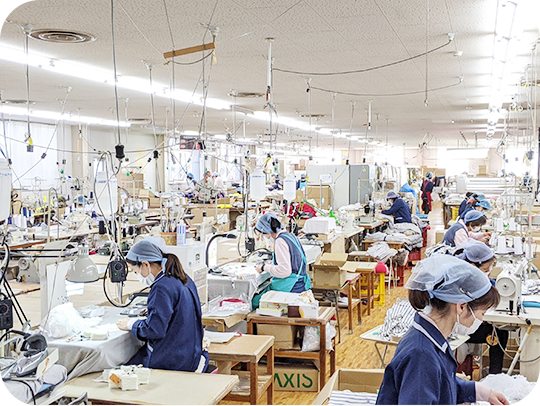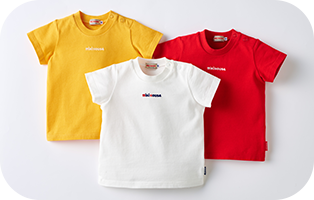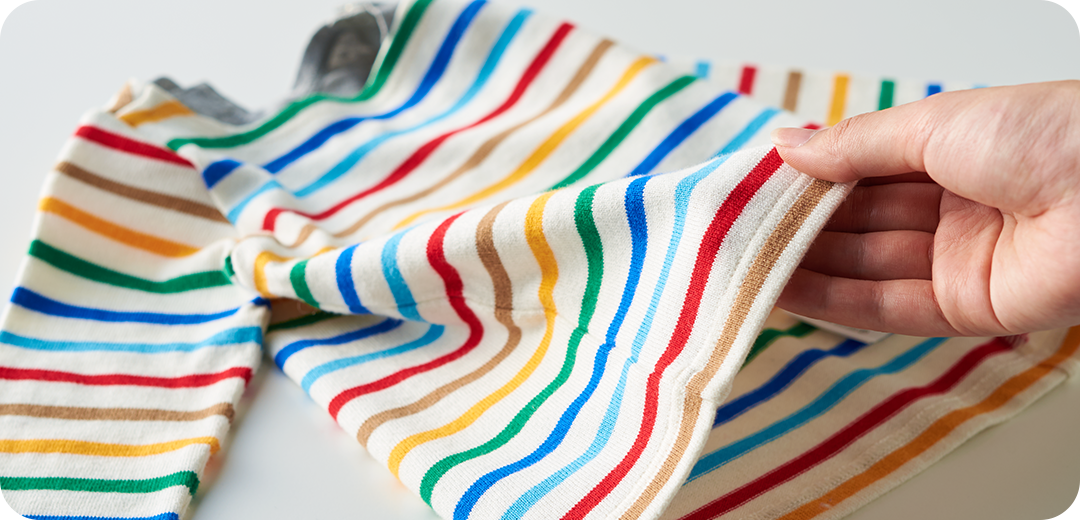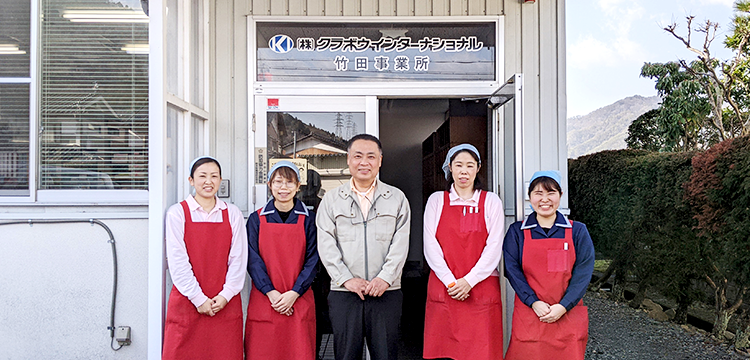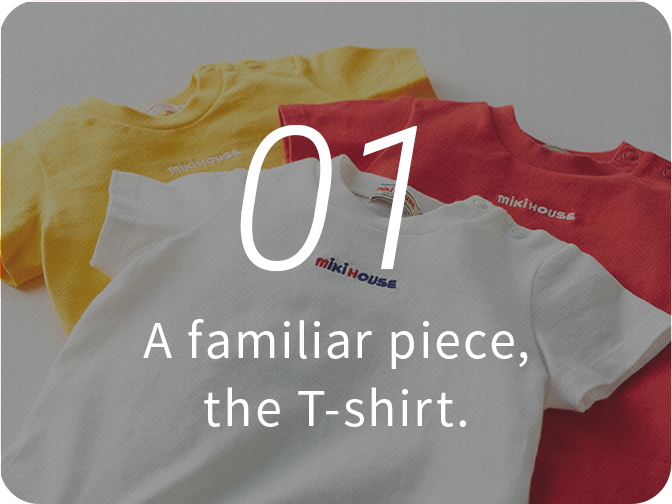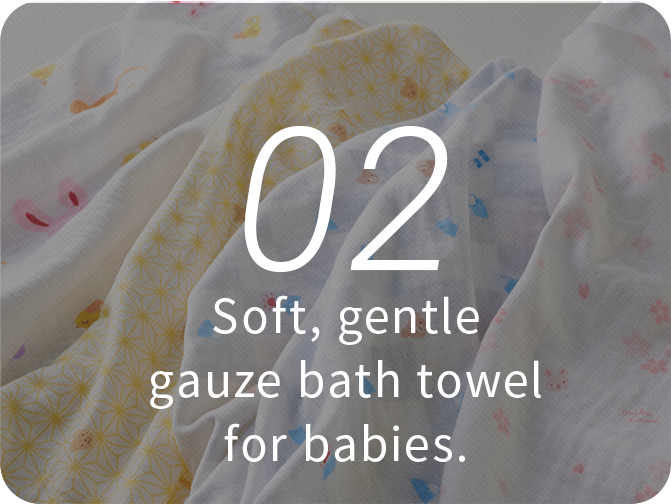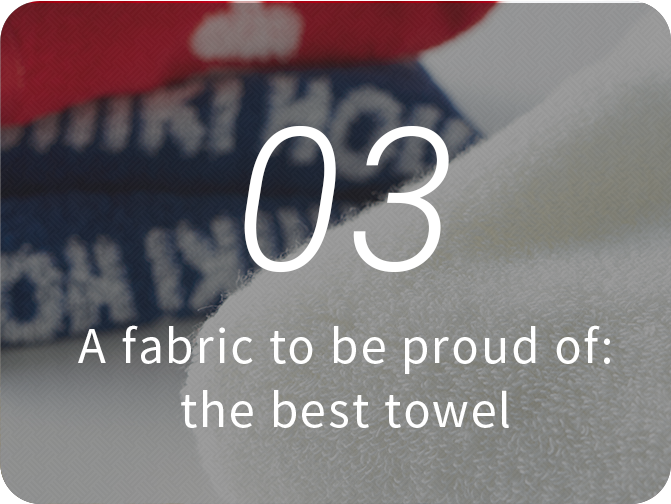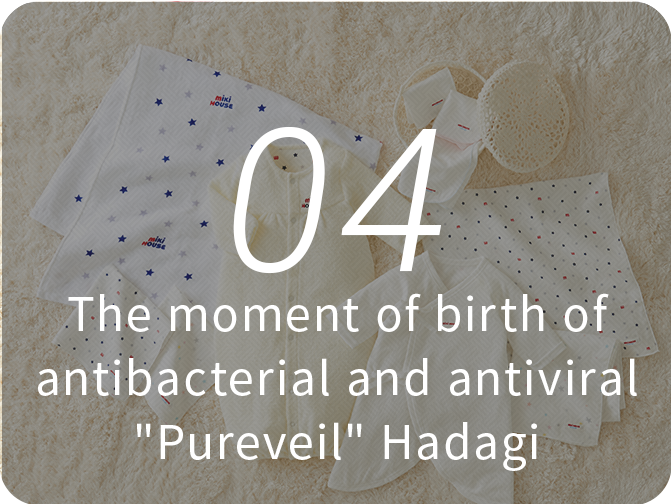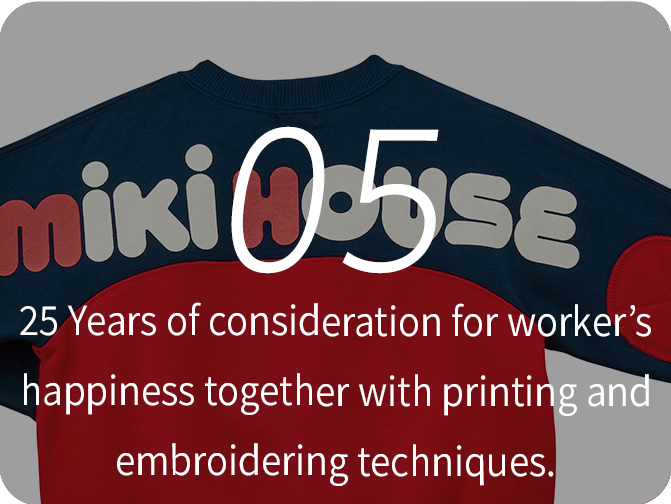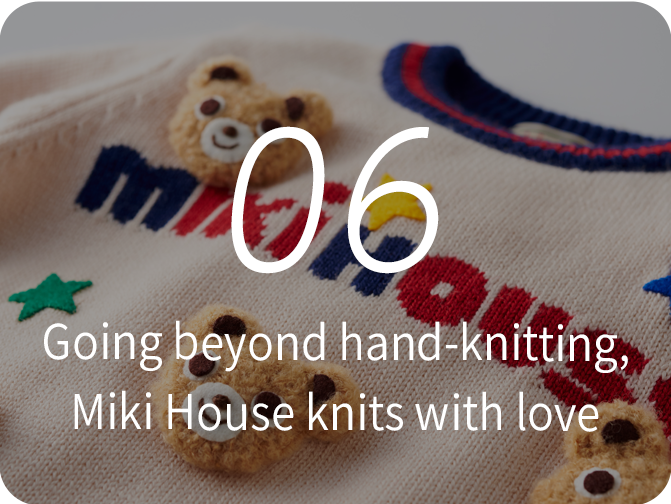What does MIKI HOUSE mean to Mr. Nakashima?
“My work is life itself.
It is in part because I have been working with the brand since I first joined, but MIKI HOUSE’s call to provide children with the best has become my own personal mission too. What can I do to answer that call, to exceed it… I have asked myself these questions, and continue to ask them today.”
In recent years, much of Japanese craftsmanship has been moved to overseas production. Even so, MIKI HOUSE is still committed to domestic Japanese factories. This is for both quality assurance and to protect Japanese craftsmanship skills.
There are probably not many brands left that consider not just their profits, but also their creators, who are willing to be unwavering in their belief of good manufacturing.
Mr. Nakashima has cultivated skill and trained craftsmen for 37 years. However, on the MIKI HOUSE end, the person in charge has changed. In the beginning his communications were with the current MIKI HOUSE Vice President Yoshiko Kimura, but today his point of contact is someone different.
Has this affected the demands and instructions from MIKI HOUSE?
“Though my point of contact has changed over the 37 years, the criteria MIKI HOUSE requires has been largely the same. I think that they really make sure that the quality does not change, even if the person in charge does.”
The children who wore those T-shirts made 37 years ago may now have their own children, their own precious someone. The shirts, now evolved and even more comfortable, may bring smiles to those children.
“When my child was young, my wife said to me ‘I’m thankful that MIKI HOUSE clothes are so durable no matter how many times I wash them. Instead of it deteriorating, I can see its value more and more every day.’ I think this is because our craftsmanship has been passed down from craftsman to craftsman, and goes into every single T-shirt.”
Even though the people involved change, the passion for craftsmanship and pursuit for comfort continues to be passed down. This is the most important thing for MIKI HOUSE.
These techniques were developed and cultivated for decades. These T-shirts are full of great skill and care. And for the children, the main characters of this story, these T-shirts will continue to be a source of soft, gentle comfort.



